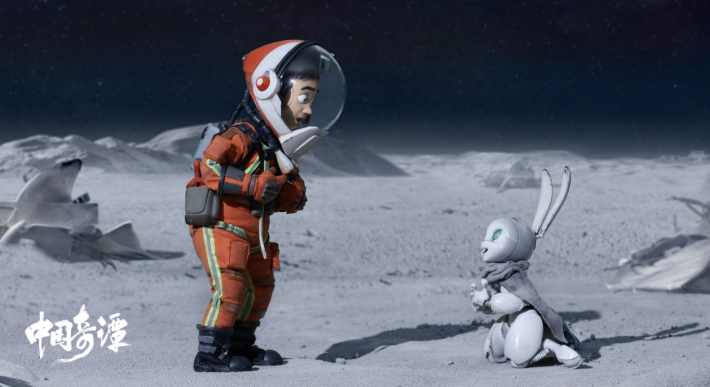Yao—Chinese Folktales : Experiencing Different Legends

A young vendor carrying a goose cage passes the spooky Goose Mountain, where he meets a hobbling Scholar Fox who insists on getting into the goose cage and traveling with the vendor. When they arrive at the top of the mountain, the Scholar Fox spits out a table full of delicacies to thank the vendor before a series of weird things start happening.
This is the plot of Goose Mountain, the second episode of Yao-Chinese Folktales. It was adapted from Scholar of Yangxian County written by Wu Jun (469-520) of the Southern Dynasties (420-589). Combining sketches with Chinese ink painting, the work is mostly black and white and offers only a few captions, creating a mysterious and illusory atmosphere. The episode has been considered one of the most experimental in terms of visual presentation and narrative style in the animated series Yao—Chinese Folktales.

Themed Yao (meaning “monsters” in Chinese), the series was jointly produced by Shanghai Animation Film Studio (SAFS), established in 1957, and Bilibili, an online video platform popular with younger generations. It consists of eight independent stories rooted in traditional Chinese culture, with subjects covering attachment to homeland, care for life, and human nature. Chinese aesthetics dominate the screen despite integration of Western and Eastern art styles and production methods of both traditional and modern forms. The resulting “monster world” boasts rich Chinese-style imagination and aesthetic appreciation.
Since its debut on January 1, 2023, the series has remained a hot topic online. By February 12, the view counts had reached 200 million. “The familiar SAFS is back,” posted one internet user. “This is my greatest gratification,”exclaimed Chen Liaoyu, chief director of the animated series, about the tide of positive feedback.
For several generations of Chinese people,animated characters with strong Eastern flavors such as Nezha and Detective Black Cat, created by SAFS by employing traditional Chinese art forms including ink painting, paper-cutting, and puppetry, have become treasure memories.
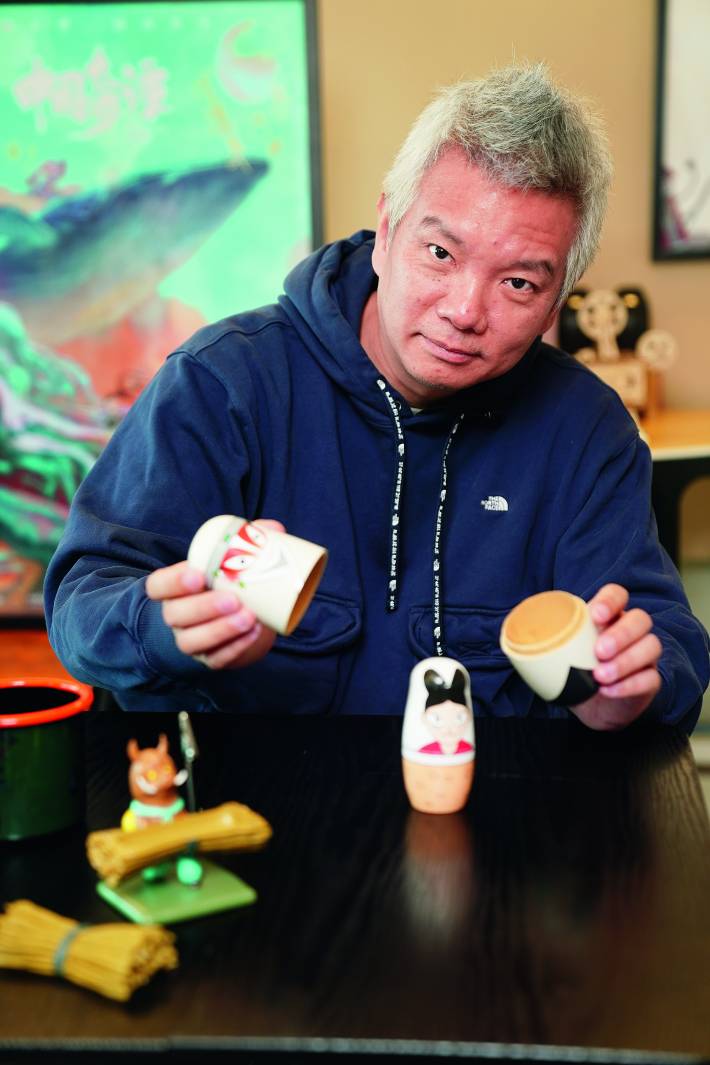
In Yao—Chinese Folktales, ancient scholars, clay statues in temples, weasels in hutongs(Ianes), and cat fish could all be “monsters” or “spirits” and become carriers of people’s imaginations, emotions, or wishes. According to Chen, monster culture stemmed from human imagination of unknown things, and Yao—Chinese Folktales seeks to take viewers to “meet different monsters” by discovering and mirroring different monsters” by discovering and mirroring different states of the contemporary human spiritual world. At the same time, to herald the centenary of Chinese animation, Chen sought to represent the diversification and continuous exploration of Chinese animation and “inject new vitality” into its future development.
Chen has an intrinsic academic connection with SAFS. When he was a student majoring in animation at Beijing Film Academy in 1990, many of his teachers were from SAFS including Qian Yunda, one of the directors of The Legend of Sealed Book. His former classmate Su Da is currently head of SAFS and also producer of Yao— Chinese Folktales. During the creation of the animated series, Chen was particularly moved by veteran s of SAFS taking the time to watch sample films and offer specific guidance and suggestions. “ SAFS has a very long history, but the older-generation artists are very open-minded, ” he said. “ In heritance does not mean reproduction . SAFS represents the peak of Chinese animation, and we must inherit the creative spirit of our predecessors while breaking through limits and exploring further with greater courage. ”
To some extent , Yao— Chinese Folktales represents not only an exploration and inheritance of a century of Chinese animation, but also an artistic expression of the current cross-border and cross-cultural context. “Culture benefits from both vertical growth and horizontal integration, which nourishes the land we are in today. This similar to the concept of a living form. When the creator has this nutrition, the work will naturally grow like grass or a tree.”
Links :
Other Episodes of Yao—Chinese Folktales
Nobody
Set in the universe of Journey to the West, a house hold story in China , in Nobody, the protagonist is a young pig monster working on the monster boss’s plan to capture the monk because it is said that a bite of his meat would make one immortal. The humorous Chinese painting style makes it easy for viewers to establish an emotional connection with the young pig monster as a “nobody” at work.
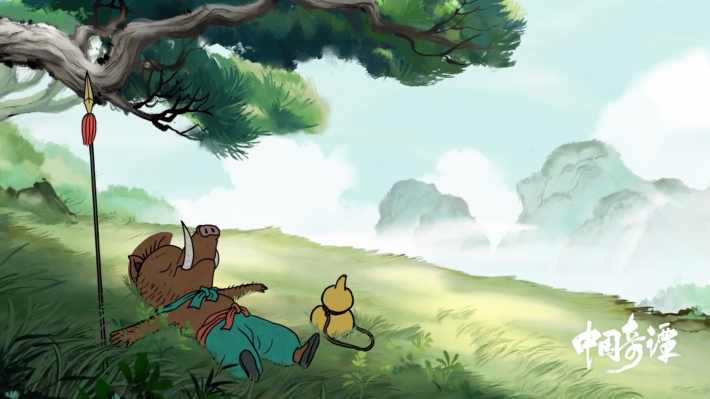
She Wolf
To express with the style of Chinese ink painting in a 3D form, She Wolf tells the story of Linlin, a wolf girl living in the snowy woods of northeastern China. She ventures into the human world due to loneliness and awakens her true self .
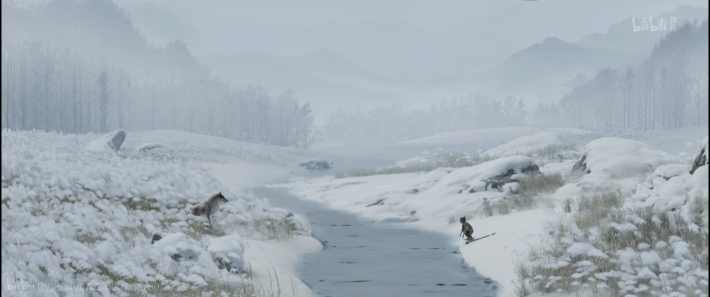
Fool and God
Sketches of the changing landscapes of the Chinese countryside with a water color illustration style are poetic, and each picture evokes childhood memories with subtle scenes.
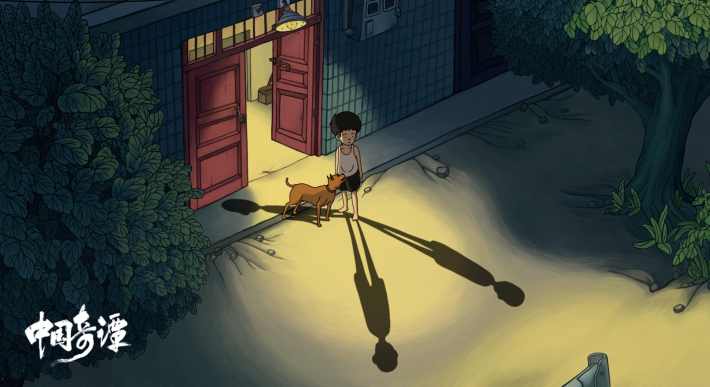
Ship Down the Well
Using traditional paper-cutanimation, this film shows how a child grapples with fears and over comes them. The bright-red back ground color and traditional costumes in the film emanate rich Chinese charm.
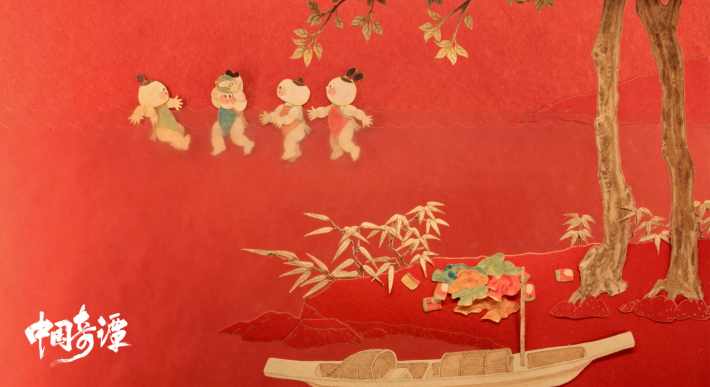
Null Island
Adapted from the Chinese folk tale River Snail Girl, this beautiful animation seeks to explore a larger cosmic relationship by following star-crossed romance between human and alien.

Old Man Yang
Depicting anecdotes about Beijing’s hutongs, a 3D-t o-2 D conversion technique is used to fuse 3D characters with 2D scenes. The authentic Beijing-style dubbing makes the audience feel both real and warm.
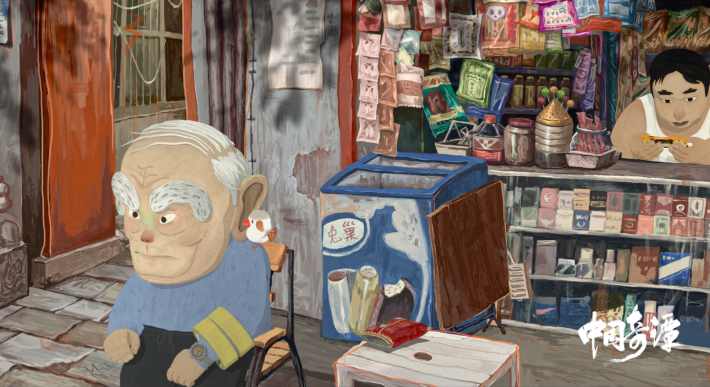
Fly Me to the Earth
This stop-motion animation features acute and kind robot rabbit in a puppet-show style, combining Chinese mythology with futuristic fantasy.
